For all of your household appliance repair needs ... We service all brands!
FIND A PARTAppliances are essential to daily life, and when they break down, they can cause major disruptions. A faulty refrigerator can lead to spoiled groceries, a broken stove can make meal prep impossible, and a malfunctioning dishwasher can leave your kitchen in disarray. That’s why same-day appliance repair is a game-changer for homeowners in Charlotte. At A-Tech Appliance Repair, we understand the urgency of getting your household back on track. Our expert technicians provide fast and reliable appliance repair services to minimize downtime and restore your appliances quickly.
Delaying appliance repairs can lead to more than just inconvenience. Here’s why fast service is essential:
A malfunctioning refrigerator can cause food to spoil within hours. The FDA recommends keeping perishable food at or below 40°F, and a broken fridge puts that at risk. With our refrigerator repair services, we ensure your fridge is back to optimal performance before your groceries go to waste.
Small appliance issues can quickly become major problems if left unaddressed. A simple fix today can prevent expensive replacements down the line. Our refrigerator and stove repair services catch issues early, saving you money and hassle.
Faulty appliances can pose fire hazards or electrical dangers. A sparking stove or a leaking dishwasher can lead to dangerous situations. Our team provides prompt appliance services to prevent accidents and keep your home safe.
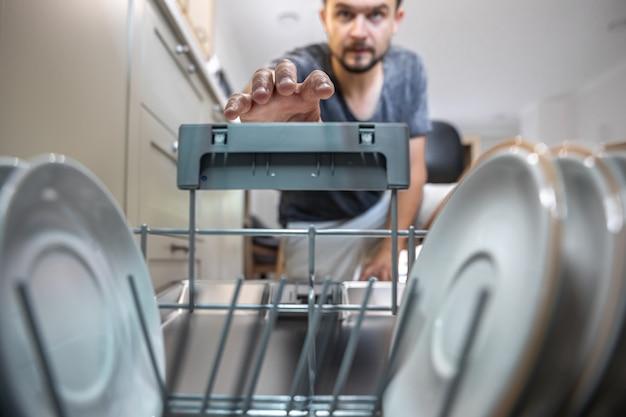
Some appliances need immediate attention to avoid further damage. These include:
At A-Tech Appliance Repair, we offer:
We understand how frustrating it is to deal with unexpected breakdowns, which is why we come prepared with the tools and expertise to handle a wide range of issues efficiently. Whether you need help with stove, ice maker, or dishwasher repairs in Charlotte, NC, our team is equipped to diagnose and fix the problem quickly.
No job is too big or too small for us. We are committed to providing high-quality appliance repair service and ensuring your appliances function properly for years to come. Contact us today and get your appliances back in top shape!
When it comes to maintaining a comfortable home or business, a reliable HVAC system is essential. Whether you need urgent repairs or routine maintenance, selecting HVAC contractors in Charlotte who are local can make all the difference. Local contractors provide faster response times, personalized service, and a deep understanding of the region’s climate and building codes.
In this guide, we’ll explore the benefits of hiring local professionals and why it’s the best choice for your heating and cooling needs.
One of the key advantages of choosing local HVAC contractors is the quick response time. When your air conditioner breaks down in the middle of summer or your heating system stops working in winter, you need a contractor who can arrive promptly. Local professionals are readily available to provide fast solutions without long wait times.
Charlotte’s climate presents unique challenges, from humid summers to chilly winters. Local HVAC experts understand the region’s weather patterns and can recommend the most efficient systems for your home or business. Additionally, they are familiar with North Carolina’s building codes and regulations, ensuring that all repairs and installations comply with legal requirements.
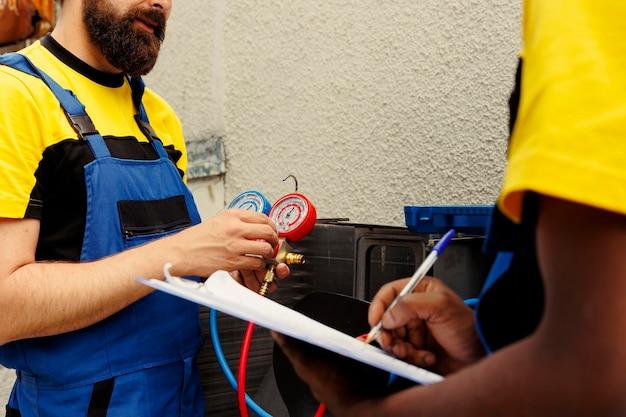
Unlike large national chains, local HVAC companies take a more personalized approach to customer service. They rely on positive word-of-mouth and repeat business, which means they are dedicated to customer satisfaction. When you hire a local contractor, you can expect friendly service, direct communication, and customized solutions tailored to your specific needs.
Choosing an HVAC company in Charlotte NC, means you’re investing in your local community. Local businesses create jobs, contribute to the economy, and often have strong ties to the area. By hiring a local contractor, you’re helping small businesses thrive while receiving top-quality service.
It’s important to recognize when professional service is needed. Here are some common HVAC issues that require expert attention:
At A-Tech Appliance Repair, we specialize in HVAC and appliance repair in Charlotte, NC. Our expert team also handles refrigerator, stove, dishwasher repair and more. If you need HVAC contractors in Charlotte, don’t hesitate to reach out to us at A-Tech Appliance Repair.
Whether it’s a repair, installation, or maintenance, we’re here to help. Call us today at 704-778-5650 to learn more.
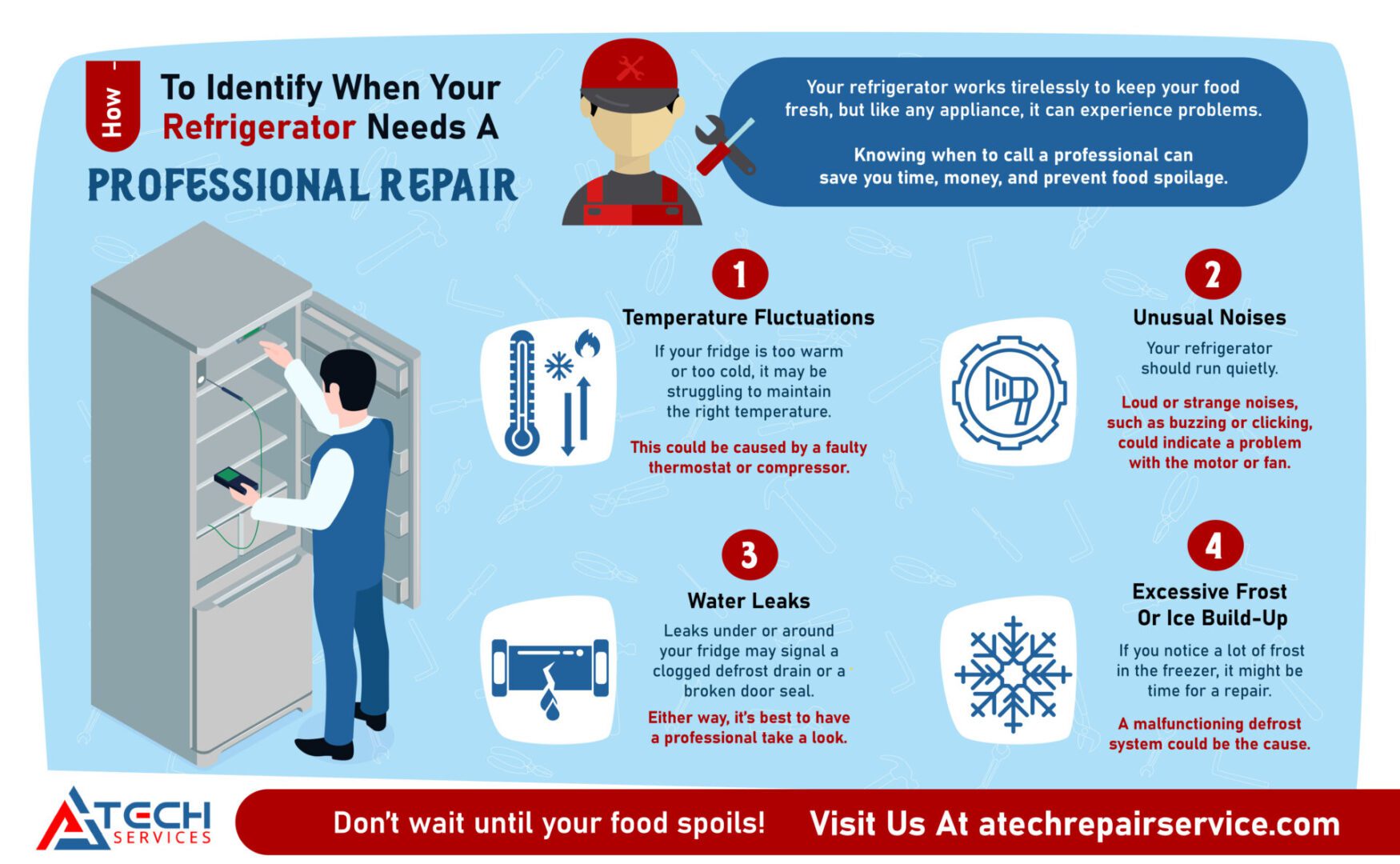
Ice makers are a convenient addition to any kitchen, providing a steady supply of ice for drinks, cooking, and entertaining. However, when they stop working, it can be a major inconvenience. Whether your ice maker isn’t producing ice, is leaking, makes too much noise, or has a strange taste, there are several simple troubleshooting steps you can take before calling a professional.
In this guide, we’ll walk you through common issues, possible fixes, and when to contact us for ice maker repair in Charlotte NC, to get your appliance back in top shape.
If your ice maker isn’t functioning properly, check for these common issues:
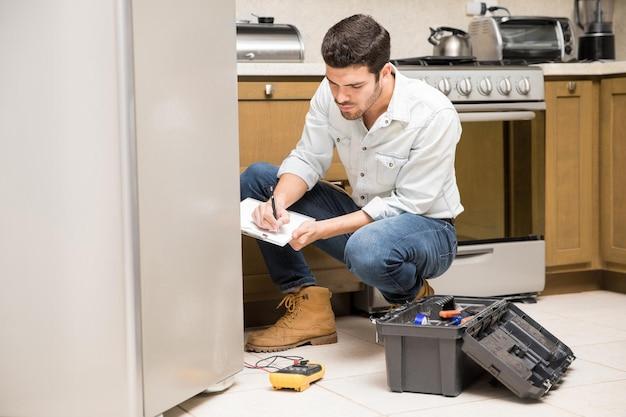
Some issues require expert attention. If your ice maker has electrical problems, persistent leaks, or complex mechanical failures, it’s best to call in a professional. At A-Tech Appliance Repair, we provide fast and reliable ice maker repair services. We carry 90% of the necessary parts for same-day repairs, ensuring you get your ice maker back up and running quickly.
Regular maintenance can extend the life of your ice maker and prevent costly repairs:
If your ice maker isn’t working properly, don’t wait for the problem to get worse. We specialize in appliance repair, including refrigerator, dryer, and stove repair. With years of experience and a commitment to customer satisfaction, we provide quick and effective solutions for all your appliance repair needs.
We understand how essential a working ice maker is to your daily routine, and we are dedicated to offering prompt, professional service. Contact us at A-Tech Appliance Repair for expert ice maker repair services in Charlotte, NC.
Appliances play a crucial role in maintaining the functionality and comfort of your home. In Maryland, where weather conditions can be extreme, keeping your appliances running smoothly is essential to avoid costly repairs. Whether it’s your refrigerator, stove, or dishwasher, regular maintenance can significantly extend their lifespan and improve performance. In this blog, we’ll share practical tips to help you take care of your appliances and keep them operating efficiently for years.
At A-Tech Appliance Repair, we understand how frustrating it can be when a key appliance breaks down unexpectedly. That’s why we’re here to provide you with some expert advice on maintaining your appliances and avoiding the need for frequent repairs.
Your refrigerator runs 24/7, so it’s easy to see why it needs regular attention. Without proper care, your fridge can experience wear and tear, leading to inefficiency or even complete breakdowns.
Here are some tips to keep your refrigerator running efficiently:
If you’re experiencing any issues with your fridge, our team at A-Tech Appliance Repair offers refrigerator repair and other appliance services in Maryland and surrounding areas, ensuring fast, reliable service.
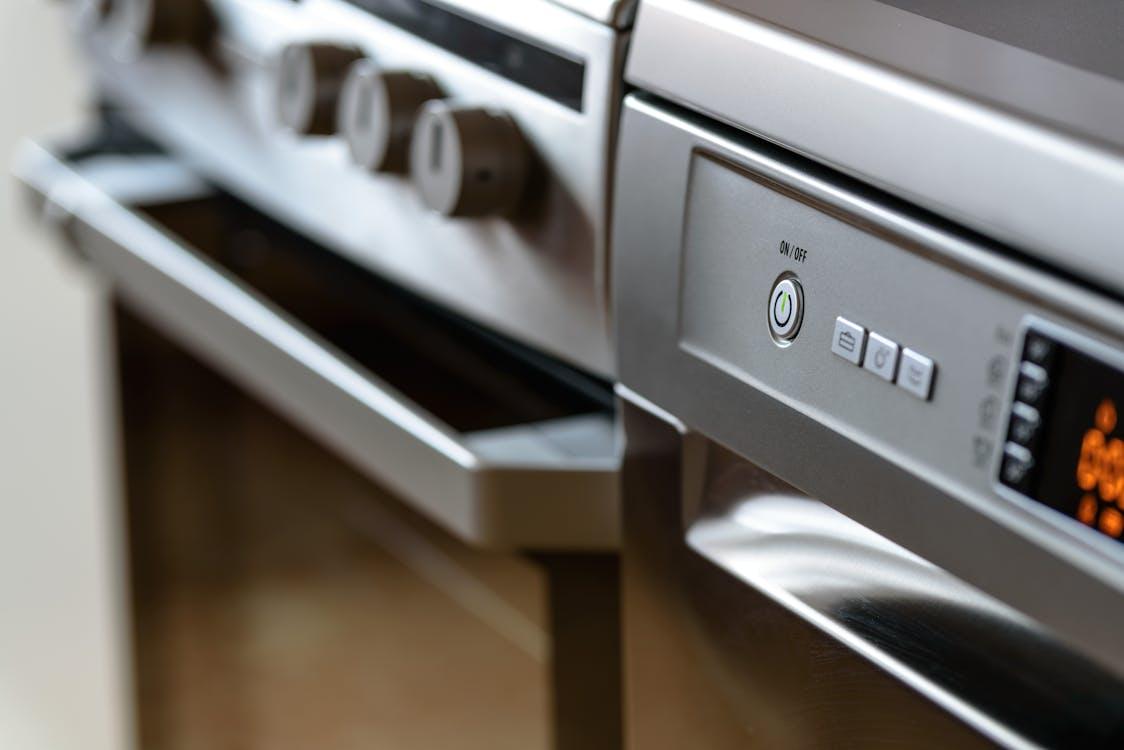
Stove and Oven Maintenance
A well-maintained stove and oven can last for many years. Neglecting your cooking appliances can lead to inefficient heating or even hazardous situations. Here’s how to extend their life:
For any stove issues, from minor repairs to complete overhauls, A-Tech Appliance Repair specializes in stove repair and can help fix your stove issues with professional care.
Regular maintenance is key to extending the life of your appliances and keeping them running smoothly for years. If you need professional appliance services in Maryland, NC, our team at A-Tech Appliance Repair is here to help! Contact us today for reliable appliance repair, including refrigerator repair, stove repair, and more. Let us help you keep your appliances in top condition!